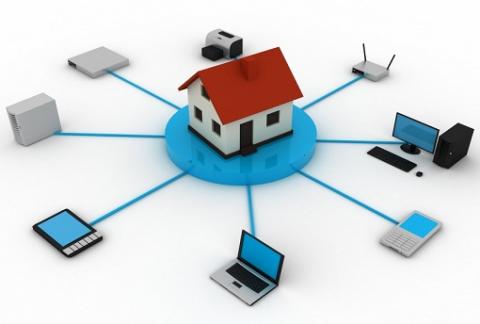The digital revolution in the wings
We didn't know, eight year ago, what sort of effect that would have on our lives. Among the big industry exhibitions of 2004, you could discern only a few faint signs of the impending revolution. And at the same time, it was practically impossible to predict the biggest computing revolution in history that would shake up the scene three years later, when the iPhone burst onto the scene.
But there is also a massive difference between the state of affairs of 2004 and those we are experiencing now. As you read these very lines, hundreds of thousands of computer engineers and programmers, from all across the world, are scurrying to create the next revolution. Today, killer apps come cheap, and it's dead easy to create the next big one. Thanks to open-source coding and open-source operating systems, as well as unified industry standards, the digisphere's gates have been pushed wide open. Now thousands, perhaps even millions, of creative people are flooding in. A clever programmer in Tel Aviv or in Shanghai has never been closer to the mass market.
Crowdsourcing today is a more powerful catalyst for technological change than the traditional R&D centers of the giant tech companies. This doesn't mean that the next killer app won't come from one of the tech giants like Google, Apple or Facebook.
Google acquired the Android mobile operating system in 2005, and it could very well snap up the next revolutionary idea, too. Right now, far away from the colorful festivities surrounding the 2013 Consumer Electronics Show in Las Vegas and the Mobile World Congress that will kick off in Barcelona in a month and a half, that idea could be incubating.
We can say, with confidence, that we ain't seen nothing yet. In the years to come, the Web will shed light on the pieces of our live that remain shrouded in digital darkness. Everything – truly everything – will be connected to the Internet, and it's going to happen faster than you think.
Such a shift will change our lives as radically as the desktop and mobile did. We have no idea how our digital lives are going to look in two, three or 10 years. What is certain is that they will change. And most us will embrace the change with gusto.
By Amir Teig

